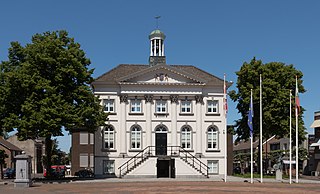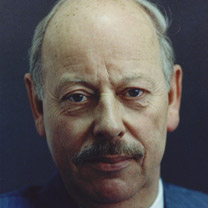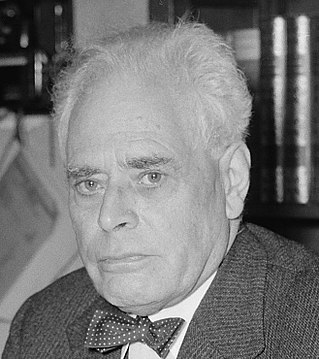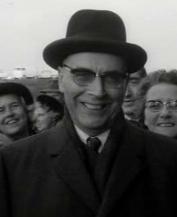
Amsterdam is the capital and most populated city of the Netherlands, with The Hague being the seat of government. It has a population of 921,402 within the city proper, 1,457,018 in the urban area and 2,480,394 in the metropolitan area. Located in the Dutch province of North Holland, Amsterdam is colloquially referred to as the "Venice of the North", for its large number of canals, now designated a UNESCO World Heritage Site.

Hengelo is a city in the eastern part of the Netherlands, in the province of Overijssel. The city lies along the motorways A1/E30 and A35 and it has a station for the international Amsterdam – Hannover – Berlin service.

Zundert is a municipality and town in the south of the Netherlands bordering Belgium, in the province of North Brabant.

Education in the Netherlands is characterized by division: education is oriented toward the needs and background of the pupil. Education is divided over schools for different age groups, some of which are divided in streams for different educational levels. Schools are furthermore divided in public, special (religious), and general-special (neutral) schools, although there are also a few private schools. The Dutch grading scale runs from 1 to 10 (outstanding).

Gymnasium is a term in various European languages for a secondary school that prepares students for higher education at a university. It is comparable to the US English term preparatory high school. Before the 20th century, the gymnasium system was a widespread feature of educational systems throughout many European countries.
The lyceum is a category of educational institution defined within the education system of many countries, mainly in Europe. The definition varies among countries; usually it is a type of secondary school. Basic science and some introduction to specific professions are generally taught.

Pieter Hendrik "Peter" Kooijmans was a Dutch politician, jurist, and diplomat. He was of the defunct Anti-Revolutionary Party (ARP), which later merged into the Christian Democratic Appeal (CDA) party. From 1993 to 1994, he served as Foreign Minister of the Netherlands, succeeding Hans van den Broek. In 1995, he returned to his former position as Professor of Public International Law at the University of Leiden, serving until his appointment to the International Court of Justice. He was granted the honorary title of Minister of State on 13 July 2007.

Pieter Jacobus Oud was a Dutch politician of the defunct Free-thinking Democratic League (VDB) party and later co-founder of the Labour Party (PvdA) and the People's Party for Freedom and Democracy (VVD) and historian. He was granted the honorary title of Minister of State on 9 November 1963.

The Montessori Lyceum Amsterdam, shortly MLA, is a school in Amsterdam-Zuid, a borough of Amsterdam, Netherlands. It was the first Montessori secondary school in the world.

The British School of Amsterdam is an international school, situated in Amsterdam, Netherlands, teaching children from nursery through to Year 13. The school follows the National Curriculum for England and is the first school in the Netherlands to be accredited by the UK Government as a British School Overseas. The School was re-accredited following an inspection in November 2017. The school is a member of the Council of British International Schools.

Johannes "Johan" Gerardus Diederik van Hell was a Dutch visual artist and musician. His work was included in the 1939 exhibition and sale Onze Kunst van Heden at the Rijksmuseum in Amsterdam. He was a dedicated socialist and a man with a highly developed social conscience. Many of his later works depict the struggles and plight of ‘the man in the street’. In 1925, he decided to produce lithographs to make art available at a reasonable price to the working class. He also gave free private art and music lessons to gifted students who could not afford the tuition.

Johan Willem van Hulst was a Dutch school director, university professor, author, politician, chess player and centenarian. In 1943, with the help of the Dutch resistance and students of the nearby University of Amsterdam, he was instrumental in saving over 600 Jewish children from the nursery of the Hollandsche Schouwburg who were destined for deportation to Nazi concentration camps. For his humanitarian actions he received the Yad Vashem distinction Righteous Among the Nations from the State of Israel in 1973.

The National Monument on Dam Square is a 1956 cenotaph in Amsterdam, Netherlands. A national Remembrance of the Dead ceremony is held at the monument every year on 4 May to commemorate the casualties of World War II and subsequent armed conflicts.
The Esprit Scholengroep is a community of primary and secondary schools in Amsterdam. On their official website they describe themselves as multicultural, international and dynamic.
Cloudy land (Wolkenland) is a cottage in the woods of Montferland, near Beek. It is owned by the Dutch Amsterdams Lyceum. Every student of the school visits the cottage once a year with his or her fellow students.

Gijsbert van Hall was a Dutch banker, resistance member and senator. He was Mayor of Amsterdam between 1957 and 1967.

Christiaan Pieter Gunning was a Dutch pedagogue and classicist. He obtained his doctorate at the University of Amsterdam as a doctor in classical literature in 1915.

The Resistance Banker is a 2018 Dutch World War II period drama film directed by Joram Lürsen. It is based on the life of banker Walraven van Hall who financed the Dutch resistance during the war. It became the most-watched Dutch film of 2018 and was nominated for eleven Golden Calves, the first time that a film received so many nominations for the award. It won four Golden Calves, among them the prizes for Best Film and Best Actor. It was also selected as the Dutch entry for the Best Foreign Language Film category at the 91st Academy Awards, but it was not nominated.

The 6th Montessori School Anne Frank is a public Montessori primary school in the Rivierenbuurt, Amsterdam.

Jan Six was a Dutch art historian.

















